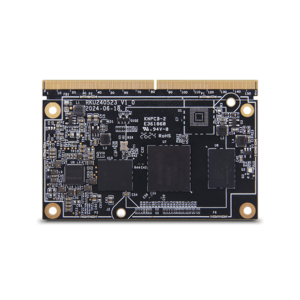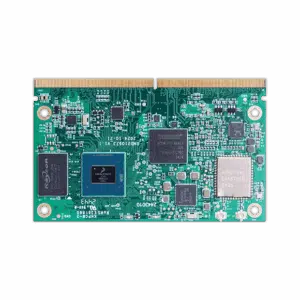Accelerate Progress with Geniatech's ARM & RISC-V Based Computer On Modules
Accelerate Progress with Geniatech's ARM & RISC-V Based Computer On Modules
Blog Article
Empowering Embedded Invention with Geniatech's Versatile Computer On Modules
Stuck applications are getting increasingly diverse, challenging variable and scalable solutions to generally meet their growing needs. This really is wherever system on module come into play. These compact, ready-to-use stuck programs supply the building blocks for designers to create high-performance, customized answers with ease.

Why are computer-on-modules increasing so much footing in the stuck techniques industry? The answer lies in their scalability and effectiveness, creating them the go-to selection for industries from commercial automation to artificial intelligence. Below, we have a deeper consider the significance of CoMs and how they are shaping the ongoing future of embedded applications.
What Are Computer-On-Modules?
Computer-on-modules (CoMs) are small, self-contained research techniques that combine essential parts such as for instance processors, memory, interfaces, and operating systems onto an individual module. Designed to function as the core of a custom request, they may be coupled with a copyright panel to increase functions and adapt to certain use cases.
CoMs give modular solutions, eliminating the requirement for technicians to create a computing core from scratch. As an alternative, they are able to commit work to innovating other facets of the application, which finally speeds up time-to-market while lowering growth costs.
Why CoMs Are Revolutionizing Embedded Programs
1. Scalability Without Redesign
Scalability is among the standout great things about CoMs. Equipment developers may target numerous efficiency degrees by sharing modules, thanks to standardized panel layouts. That modular method eliminates the requisite of improving equipment for every single performance tier. Whether for low-power IoT products or high-performance machine learning programs, CoMs provide unparalleled flexibility.
2. Reduced Development Time
Time-to-market is often critical for industries innovating in fast-moving environments. CoMs streamline this technique by integrating the absolute most essential processing components right into a pre-tested module. This allows executive teams to target on designing provider panels or establishing computer software, rather than managing every aspect of the hardware.
3. Room Efficiency
Small size is another noteworthy feature of CoMs. Given the integration of multiple parts right into a single, little form component, these modules are ideal for purposes where space is at reasonably limited, such as for example medical equipment, robotics, and customer electronics.
4. Support for Sophisticated Characteristics
To meet up the demands of contemporary applications, CoMs frequently integrate help for cutting-edge systems such as for instance 5G connection, GPU acceleration, and real-time knowledge processing. They enable designers to access these functions with no issues of developing complicated hardware from the floor up.
Industries Benefiting from CoM Alternatives
The usefulness of computer-on-modules ensures their existence across a range of industries. A number of the essential groups that gain contain:
1. Professional Automation
CoMs provide trusted and scalable research energy for process get a grip on, robotics, and real-time tracking in industrial environments. Their compatibility with high-speed connection enables smooth integration into Business 4.0 ecosystems.
2. Medical Engineering
Applications like patient tracking, diagnostic gear, and imaging programs require precision, stability, and high-performance computing. CoMs offer many of these, with the added benefit of small designs for space-constrained devices.
3. Artificial Intelligence
CoMs improved for GPU efficiency are a popular choice for AI-powered programs like side research, skin acceptance, and clever surveillance systems. They permit efficient inference and real-time knowledge analysis.

4. Automotive Programs
Modern cars need embedded solutions for infotainment methods, ADAS (Advanced Driver Help Systems), and diagnostics. CoMs match these needs by giving regular efficiency, endurance, and reliability.
The Potential of Stuck Research
The ongoing future of stuck computing relies seriously on scalable and modular solutions. With raising demand for creativity across all groups, CoMs may continue being a key enabler for businesses seeking to stay ahead of the curve. Their ability to lessen complexity, enhance scalability, and shorten progress time makes them a crucial portion in the toolkit of equipment engineers.
For organizations seeking to produce high-performance purposes without diminishing on development rate or quality, purchasing computer-on-modules is without question a step in the best direction. Report this page